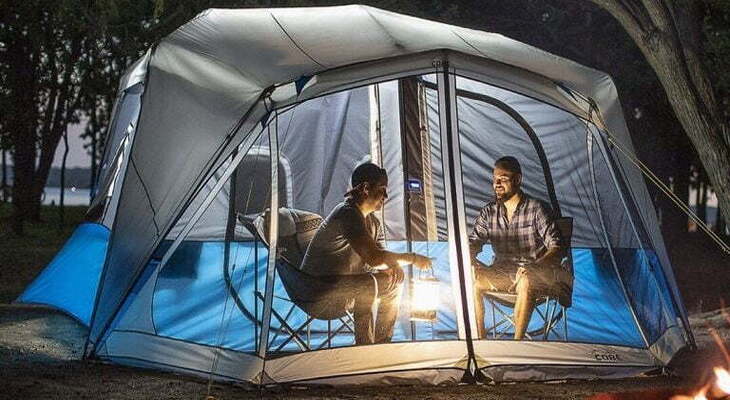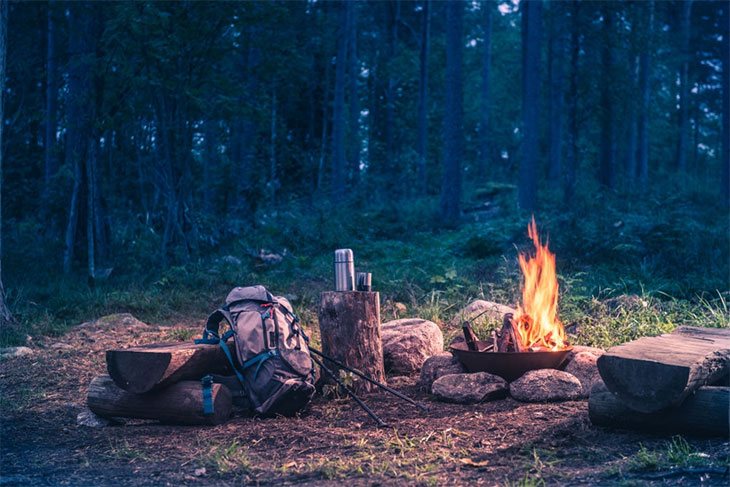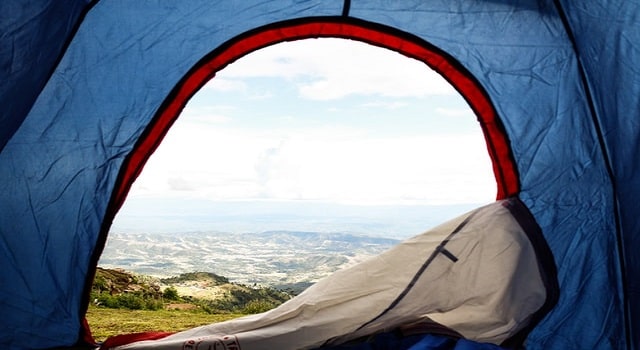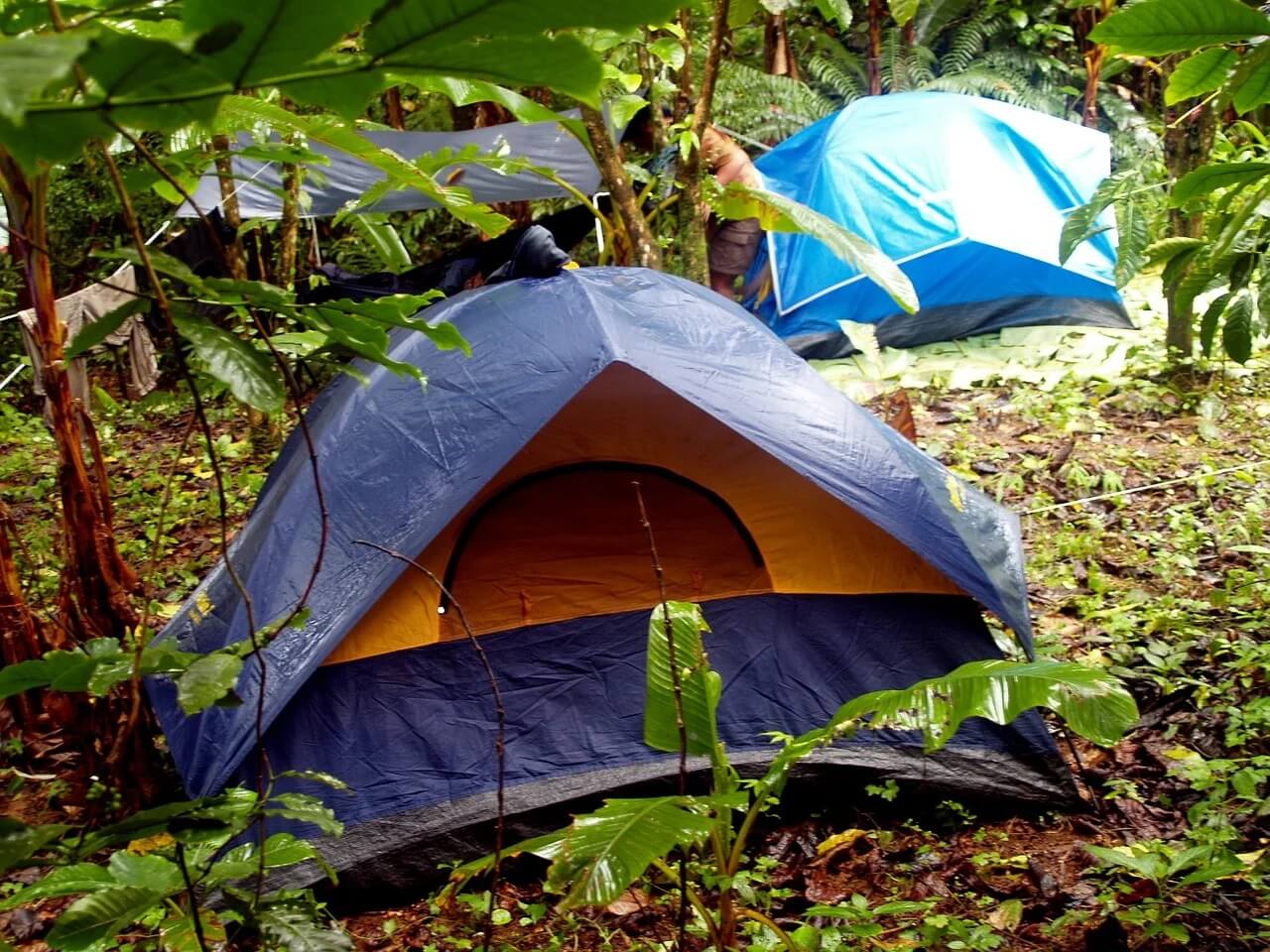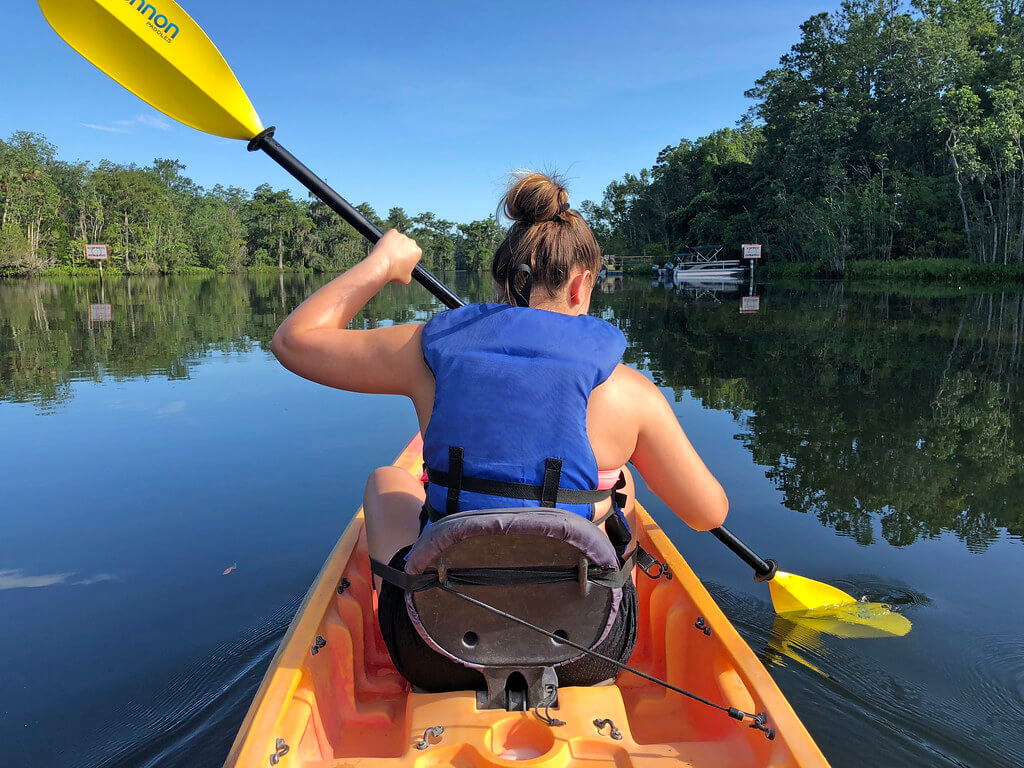
What you need to know about safe river canoe trips or open water cake trips.
Summer is a great time for canoeing and kayaking, but it also includes three vacations that account for more than a third of all boating accidents and deaths, according to the American Boating Association. To help prevent boat accidents, follow these safety tips.
Read more: Best kayaks for camping
Contents
Safety with canoes and kayaks Guide
Safety is important when you go canoeing. What things do you need to remember when you go out kayaking and canoeing? Here is an overview of the kayak safety requirements. We will tell you what you need to do to stay safe. Read more here.
Kayak safety equipment
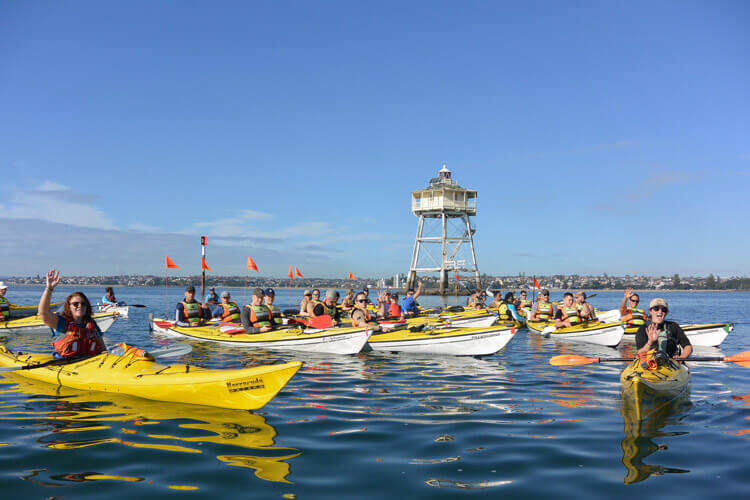
Kayak is a hobby that encourages an individual to be physically active and even test one’s skills. It’s no surprise that kayaking can also be an incredibly dangerous activity.
Kayakers are exposed to the possibility of falling into cold water, hitting rocks, or being trapped under ice. While the best kayak safety equipment can’t protect the kayaker from all possible dangers, it can help an individual be better prepared for an accident.
The kayaker should have kayak safety equipment in case of emergency. There are some things to consider before purchasing kayak safety equipment to ensure it fits your needs as a kayaker.
Basic Safety Tips for Kayaking
Kayaking is a fun sport, but if the basic safety tips are not followed, it can be dangerous too. Follow these simple tips to enjoy this sport to the fullest. Wear suitable clothing – Kayaking is a fun sport but one should always dress appropriately.
It’s better to wear layered clothing instead of a single long-sleeved shirt or a single pair of pants. Wear everything from head to toe including a hat, sunglasses, sunscreen, booties over bare feet, sunscreen, a helmet, and a life jacket.
Get ready before canoeing or kayaking.
Do the following before traveling:
Register your canoe or cake with the Department of Natural Resources (DNR). Registration rules vary by state, so consult your state’s DNR office for instructions and registration requirements.
Take a canoe or kayak safety course, especially if you are a beginner. There are safety courses for canoes and kayaks offered by the American Canoe Association (ACA). You can also practice swimming if your boat capsizes.
Pack essential items, including first aid kits, sunscreen, food, and water, in a dry bag or waterproof bag and an extra paddle.
Bring a life jacket for each passenger and make sure everyone puts it in or around the water. Most drowning people do not wear life jackets.
Whistling in your life jacket, along with other safety equipment, can help you find out if you fall into the water. A whistle can be heard up to half a mile away, far beyond your voice, especially when there are wind and waves. Be sure to use a sea whistle that does not contain a pea (ball), as this will allow the whistle to work even if it sinks slightly.
Check water and weather conditions and pay attention to safety notices. Strong waves or high waves can be dangerous, even for experienced paddlers.
If you plan a cruise alone, tell someone where you are going and when you plan to return.
Water safety
Following these additional tips can help secure your next water adventure:
Wear clothes for water temperature, not air temperature. Hypothermia reduces your control over your core temperature and movement.
Never stand in your boat. Stay down and in the middle of your boat. Standing makes it easier to tip over.
Tie a bird to yourself or your boat. This will reduce the chances of you losing your pedal if you turn around.
Be aware of local conditions. If you are in a new area, check the current, coastal conditions and weather patterns. Sea breezes can also make it difficult to return to shore.
Wear a helmet. The paddling and surf zone under the river can be dangerous.
Never drink alcohol or drugs (prescription or non-prescription) while you are pedaling. They can reduce your ability to make good decisions or respond to emergencies. You may face federal and/or state charges in addition to imprisonment terms and fines.
Do not exceed the weight of your boat. If overloaded, your boat will float in less water than recommended, making it less stable and increasing the risk of sinking.
Check the level of wear and tear before queuing. Do not endanger your safety by using equipment that may break or be damaged.
Keep hydrated. Drinking water before, after, and several times in an hour can help you stay hydrated. Children are particularly prone to dehydration.
You may also want to know:
Visit different parts of the water. In the river, avoid ‘filters’ – like fallen trees – that can catch you. To kayak at sea, stay close to the shore and make sure you know how to manage wind speed and wave height.
Share the water with other boats. In busy or commercial waters, travel beyond the green and red bushes. Never try to ‘beat’ the motorboat, it is better to let them pass. Wear brightly colored clothing and use appropriate lighting so that others can see you easily.
Deal with a rollover. Always stay with your boat, which will still float when it is full of water.
